An Introduction to Youbing: A Delightful Culinary Treasure
In the vast tapestry of Chinese cuisine, where flavors and textures intertwine to create dishes that tantalize the senses, one humble yet deeply satisfying snack stands out: Youbing, commonly translated as “oil cake” or “fried flatbread.” This culinary gem, though seemingly simple, encapsulates the essence of Chinese street food—a blend of tradition, innovation, and sheer deliciousness that transcends cultural boundaries. This article aims to provide a comprehensive introduction to Youbing, exploring its origins, preparation methods, regional variations, cultural significance, and its place in the modern culinary landscape.
Origins and Historical Background
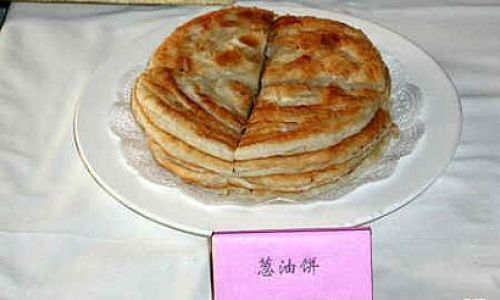
The history of Youbing is intertwined with the rich culinary heritage of China, stretching back centuries. While precise origins are difficult to pinpoint, fried dough dishes similar to Youbing have been a part of Chinese diets for millennia. Early records suggest that variations of fried breads were enjoyed during the ancient Zhou Dynasty (1046-256 BC), where they were often served as offerings to deities or enjoyed by nobility. Over time, these dishes evolved, incorporating local ingredients and cooking techniques, leading to the diverse array of Youbing we see today.
The name “Youbing” itself is quite descriptive, derived from the Chinese characters for “oil” (油) and “cake” or “bread” (饼). This straightforward nomenclature hints at its primary ingredients and cooking method: dough fried in oil until golden and crispy. Youbing’s popularity soared during the Tang and Song dynasties, when urbanization and trade flourished, creating a demand for portable, filling snacks that could be enjoyed on the go.
Preparation Methods and Ingredients
The preparation of Youbing varies widely across China, reflecting regional culinary preferences and traditions. At its core, Youbing is made from a dough composed primarily of flour, water, and sometimes a pinch of salt. The dough is kneaded until smooth and elastic, then allowed to rest to develop gluten, ensuring a tender texture when cooked.
One of the defining characteristics of Youbing is its frying process. The dough is typically rolled out into thin, flat circles or rectangles before being carefully lowered into hot oil. The oil, usually vegetable-based, should be hot enough to create an immediate sizzle but not so hot that it burns the dough. As the Youbing fries, it puffs up slightly, turning a golden brown that signifies both doneness and an enticing crispiness.

Beyond the basic dough, Youbing can be enhanced with a myriad of ingredients and toppings. In northern China, where wheat-based foods are predominant, Youbing is often filled with savory meats like pork or beef, spiced with five-spice powder, soy sauce, and sesame oil. Southern variations, on the other hand, might incorporate ingredients like shrimp, bamboo shoots, or even sweet fillings like red bean paste, reflecting the region’s preference for rice and its diverse array of flavors.
Regional Variations
China’s vast geography and diverse cultural landscapes have given rise to numerous regional variations of Youbing. In Beijing, for instance, Jianbing (a type of Youbing) is a popular breakfast item, often filled with scrambled eggs, scallions, and a sweet-savory sauce known as jiang. Tianjin’s Goubuli Baozi, though primarily known for its steamed buns, also offers a fried version that could be considered a type of Youbing, filled with pork and seasoned with soy sauce and ginger.
In Sichuan, Youbing takes on a spicy twist, often incorporating chili oil, Sichuan peppercorns, and minced pork or beef. The Hunanese version might feature a tangy, vinegar-based sauce, while Cantonese Youbing might be sweeter, filled with lotus seed paste or red bean paste. Each variation showcases the unique culinary identity of its respective region.
Cultural Significance

Youbing is not merely a food; it is a cultural artifact, carrying with it layers of meaning and tradition. For many Chinese, Youbing evokes memories of childhood, street vendors, and communal gatherings. It is a snack that transcends class and status, enjoyed by everyone from rural farmers to urban professionals.
During festivals and holidays, Youbing often plays a prominent role. It is a symbol of abundance and prosperity, offered to guests as a gesture of welcome and hospitality. During the Mid-Autumn Festival, for example, while mooncakes are the traditional star, Youbing might also be served, offering a savory counterpoint to the sweet treats.
Moreover, Youbing represents a form of mobile cuisine, a testament to China’s vibrant street food culture. Street vendors pushing carts filled with freshly fried Youbing are a common sight in cities and towns, offering a quick, affordable, and delicious meal to passersby. This accessibility has helped keep Youbing relevant in the face of modernization and fast food.
Modern Adaptations and Global Influence
In recent years, Youbing has undergone a modern renaissance, with chefs and food enthusiasts experimenting with new ingredients and techniques. Fusion Youbing, incorporating elements of Western cuisine such as cheese, ham, or even avocado, has become increasingly popular among younger generations. This innovation has not only kept Youbing relevant but has also introduced it to international audiences, who appreciate its unique blend of flavors and textures.
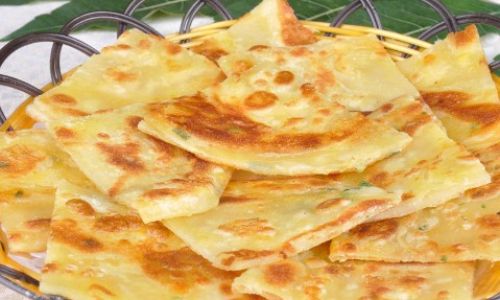
Globally, Youbing has found a niche in Chinese restaurants and food trucks, catering to both expats longing for a taste of home and adventurous foodies eager to explore new culinary horizons. Its portability and versatility make it an ideal snack for festivals, food markets, and cultural events, where it can serve as a bridge between China’s culinary past and its global present.
Conclusion
Youbing, with its humble beginnings and rich history, stands as a testament to the versatility and creativity of Chinese cuisine. From its simple dough to its myriad variations, Youbing embodies the essence of street food—a delicious, accessible, and deeply cultural experience. As it continues to evolve, incorporating new ingredients and techniques while staying true to its roots, Youbing remains a culinary treasure, cherished by millions and enjoyed by people worldwide. Whether enjoyed as a quick snack on the street or as a part of a festive celebration, Youbing offers a flavorful glimpse into the heart of Chinese food culture.
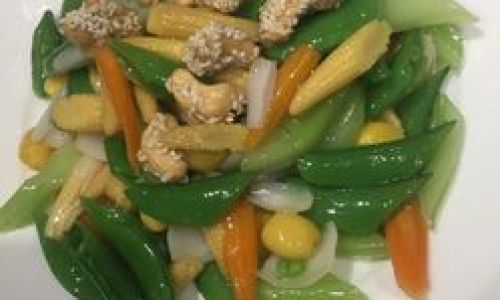
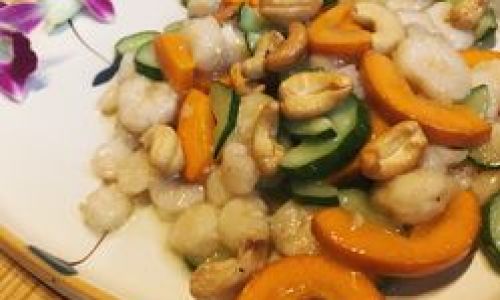

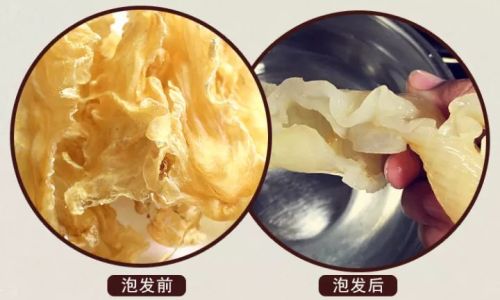

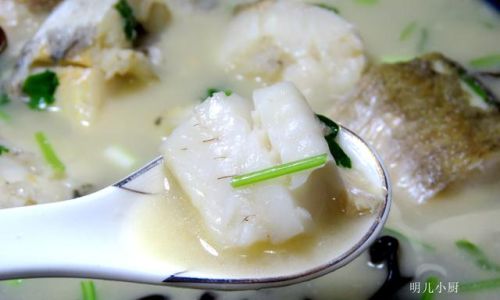
0 comments